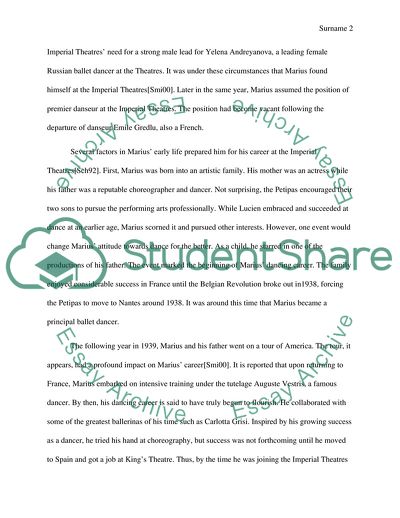Cite this document
(Marius Petipa: The Role of Other Players in His Rise and Fall Research Paper, n.d.)
Marius Petipa: The Role of Other Players in His Rise and Fall Research Paper. https://studentshare.org/culture/1860035-dance-research-paper
Marius Petipa: The Role of Other Players in His Rise and Fall Research Paper. https://studentshare.org/culture/1860035-dance-research-paper
(Marius Petipa: The Role of Other Players in His Rise and Fall Research Paper)
Marius Petipa: The Role of Other Players in His Rise and Fall Research Paper. https://studentshare.org/culture/1860035-dance-research-paper.
Marius Petipa: The Role of Other Players in His Rise and Fall Research Paper. https://studentshare.org/culture/1860035-dance-research-paper.
“Marius Petipa: The Role of Other Players in His Rise and Fall Research Paper”. https://studentshare.org/culture/1860035-dance-research-paper.


